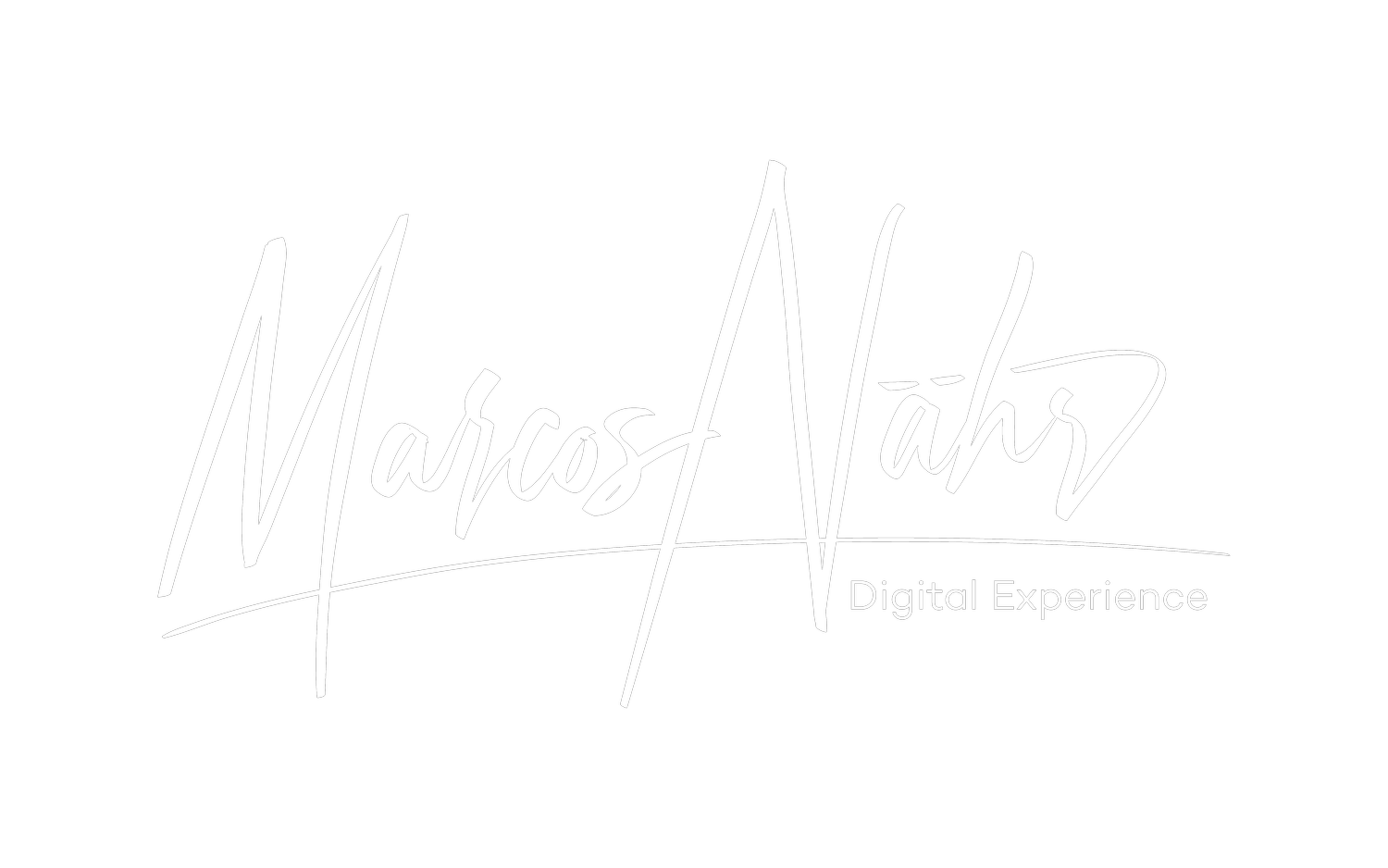Transforming Organizations Through Design Operations
In his article "Worlds in the Making: Design, Management, and the Reform of Organizational Culture," Richard Buchanan writes about a design movement in management that aims at organizational culture reform, extending design deeper into the corporate culture with significant consequences.
George Nelson, a well-known designer, wrote an essay called "The Designer in the Modern World" in 1957. His text focused on life in the twentieth century. But what he said is still true and has become one of the most important problems and challenges in design in the twenty-first century.
“One of the most significant facts of our time is the predominance of the organization. Quite possibly it is the most significant. It will take time to realize its full effects on the thinking and behavior of individuals. In this conditioning process, few escape its influence.”
At a meeting in the House of Commons in 1943, Winston Churchill famously remarked, "We shape our buildings, and afterward, our buildings shape us." In light of Nelson's observation, we might say it slightly differently:
"We shape our organizations, and then our organizations shape us."
We can say that the biggest challenge for design is how to influence organizations. Not only to affect the thinking and behavior of individuals but also to have a positive effect on human experience in an increasingly complex world.
The product to be designed is not an artifact or a service but the organization itself.
Dave Malouf, in his "DesignOps Handbook," notes that as companies mature and invest in design, they need to operationalize workflow, hiring, and alignment between teams, and more so designers can focus on design work while someone else takes care of the rest. Design as a practice requires a singular focus on the operations that maintain the best interests of design and an organization’s business.
Over the last few years, as noted by Chris Avore and Russ Unger in their latest book about design leadership called Liftoff, many people have discussed the role that operations play in enabling teams to deliver work consistently over time and across projects.
The definitions of DesignOps vary, but the intention is clear: to create reliable, repeatable processes that support design work across teams, projects, and technologies, throughout various periods and milestones of time and throughout the product development lifecycle.
We know that each company (organization) has its own attitudes, philosophies, and budgets that determine when headcount is granted and for what roles. But hiring for DesignOps specialists has its own unique benefits and challenges when pitching the idea to your executive leadership.
The goal of successful design operations is pretty simple in theory: to provide the foundational processes and approaches that can be consistently applied over time to ensure that the design team can do their best work and the rest of the organization can best utilize the work of the design team.
